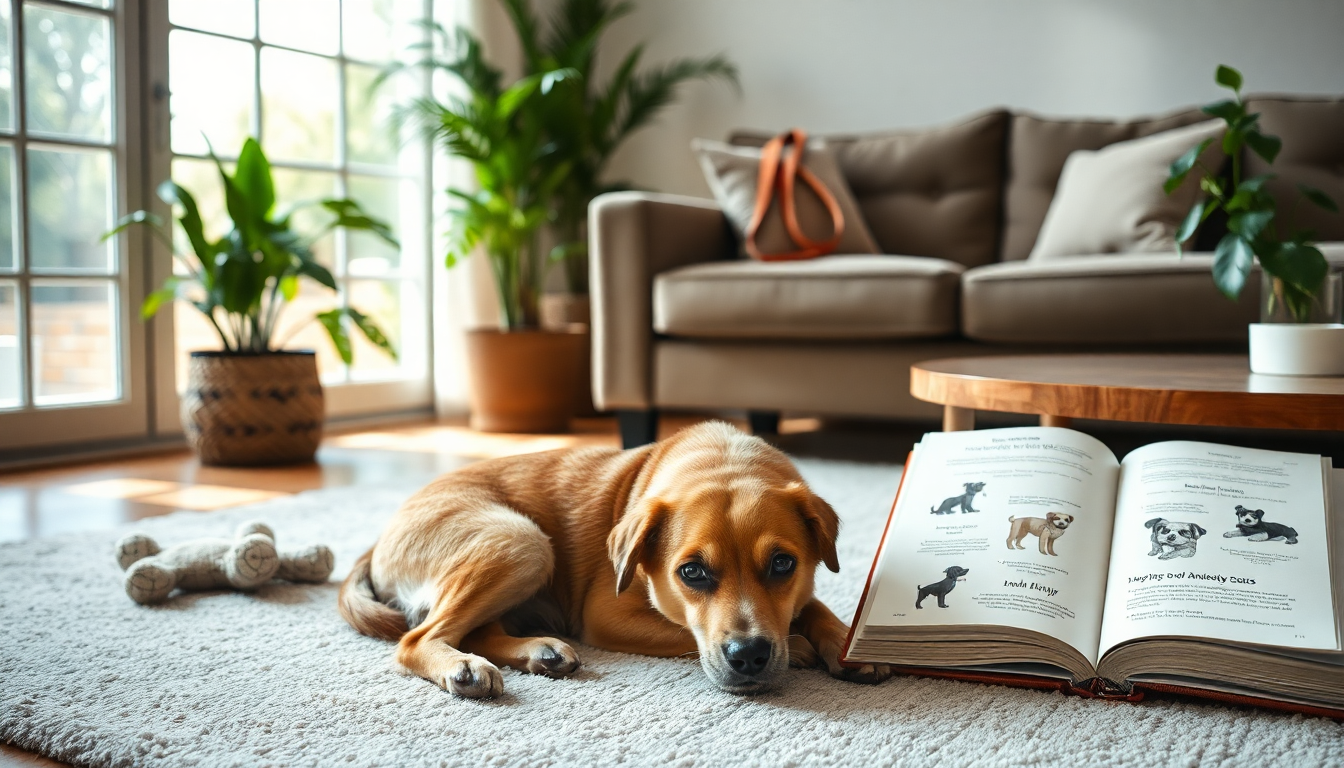Table of Contents
In a world where stress and anxiety seem to be everywhere, many of us turn to our pets for comfort. But have you ever wondered how our emotional ups and downs might affect our furry friends? Insights from veterinary experts reveal that this relationship is quite complex, highlighting the intricate connections between human emotions and pet anxiety.
The Feedback Loop Between Owners and Pets
According to veterinary nurse and animal behavior consultant Frankie Jackson, dogs are incredibly sensitive to our feelings. They pick up on our expressions, body language, and even our scents, creating what she calls a feedback loop.
If you’re feeling anxious, there’s a good chance your dog is picking up on that energy and mirroring it. Jackson explains, “Our cortisol levels rise and fall in tandem,” showing just how intertwined our physiological responses can be.
Dr. Becky Peters, a veterinarian, has seen this dynamic play out in her practice. She points out that when owners overly comfort their anxious pets with high-pitched voices and excessive reassurance, it can actually make the situation worse. Instead, maintaining a calm demeanor can help pets feel more at ease.
This is particularly important in light of the social upheaval brought on by the COVID-19 pandemic, which has spiked anxiety levels in both pets and their owners.
Impact of Social Changes on Pet Behavior
The pandemic has left a noticeable mark on pet behavior.
Many pets adopted during lockdowns missed out on crucial socialization opportunities. As families returned to their regular routines, pets that had grown accustomed to constant human companionship began to suffer from separation anxiety. Dr. Peters explains that this uptick in pet anxiety is often linked to changes in household dynamics, lack of structure, and insufficient physical activity.
Additionally, unmet needs, past traumas, and restrictive living environments can contribute to increased anxiety in pets. Jackson points out that dogs can show low-level stress responses, like decreased appetite or excessive grooming, which can escalate into more aggressive behaviors if not addressed. Recognizing and understanding these signs is vital for effective intervention.
Recognizing Anxiety in Dogs and Cats
Spotting anxiety in dogs is usually straightforward—they often display clear signs of distress. But with cats, it can be a different story. Their instinct to hide discomfort makes it trickier to identify anxiety. Look out for signs like inappropriate urination, scratching furniture, hiding, and over-grooming. If you notice sudden changes in your pet’s behavior or excessive licking, it’s crucial to consult a veterinarian to eliminate any underlying medical issues.
Veterinarians can prescribe anti-anxiety medications and recommend complementary treatments to help pets relax. For dogs, Dr. Peters suggests probiotics and amino acids like l-theanine and tryptophan. For cats, products like Feliway, which release calming pheromones, can work wonders in easing their anxiety.
Tailoring Solutions to Individual Needs
It’s important to remember that not all pets react the same way to anxiety; factors like breed can significantly impact their behavior. Active breeds, such as herding types like Australian shepherds and border collies, often need more physical activity and mental stimulation to prevent anxiety-related issues. Shelani Vanniasinkam learned this firsthand when she adopted her Australian shepherd, Roo, who had very different needs compared to her previous, more relaxed husky.
Confronted with Roo’s intense anxiety, Vanniasinkam reached out to a pet behavioral specialist. It quickly became clear that Roo required medication to manage his anxiety before effective behavioral training could begin. While medication can be a crucial element of treatment, it should be part of a comprehensive strategy that includes adjustments to routine and training.
After starting on Fluoxetine, often referred to as “doggie Prozac,” and Trazodone for particularly stressful moments, Roo went through extensive behavioral training. His owners learned how to adjust their interactions, limit his exposure to stressors, and set boundaries with friends and family. They even took advantage of specialized services like Sniffspot, which provides private spaces for anxious dogs to play freely.
While managing an anxious pet can be a daunting task, Vanniasinkam emphasizes that understanding each pet’s individual needs is key to creating a supportive environment. With patience and the right strategies, you can help your furry companions thrive, even in the face of anxiety.





